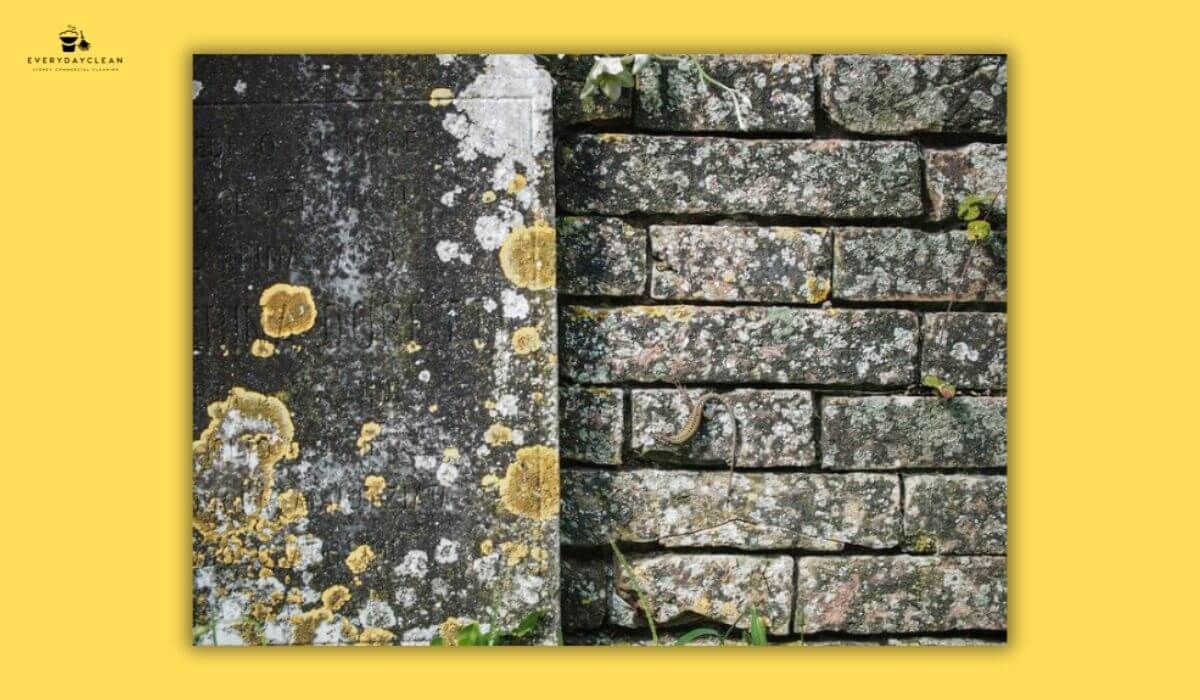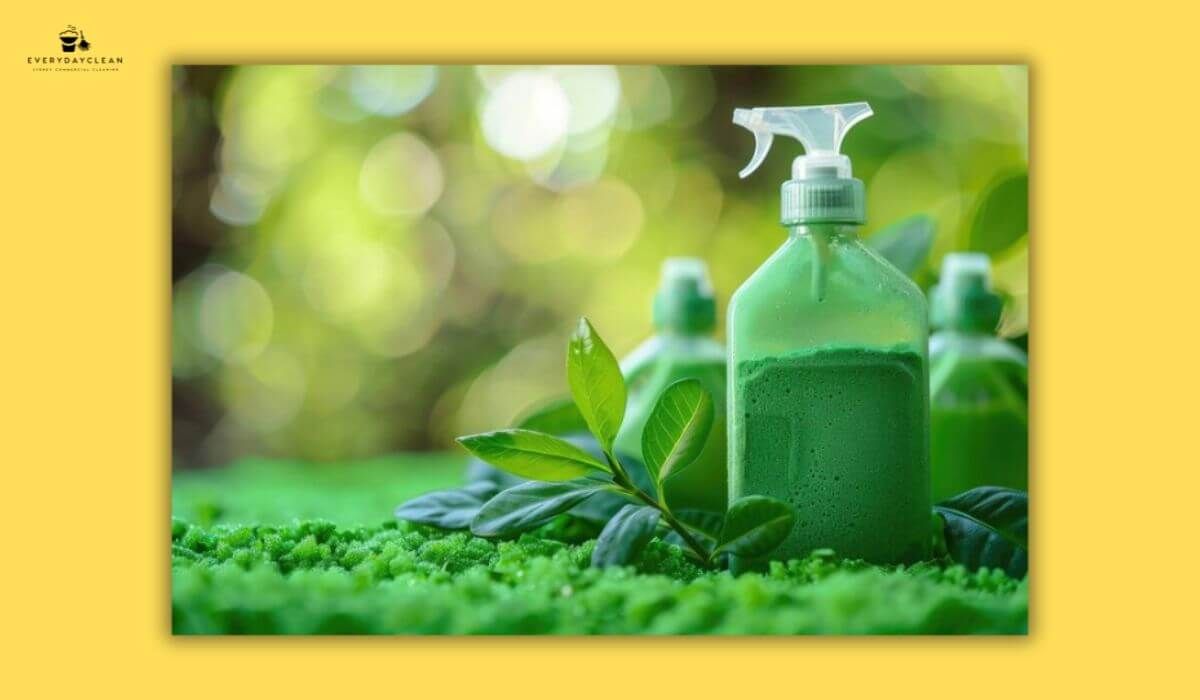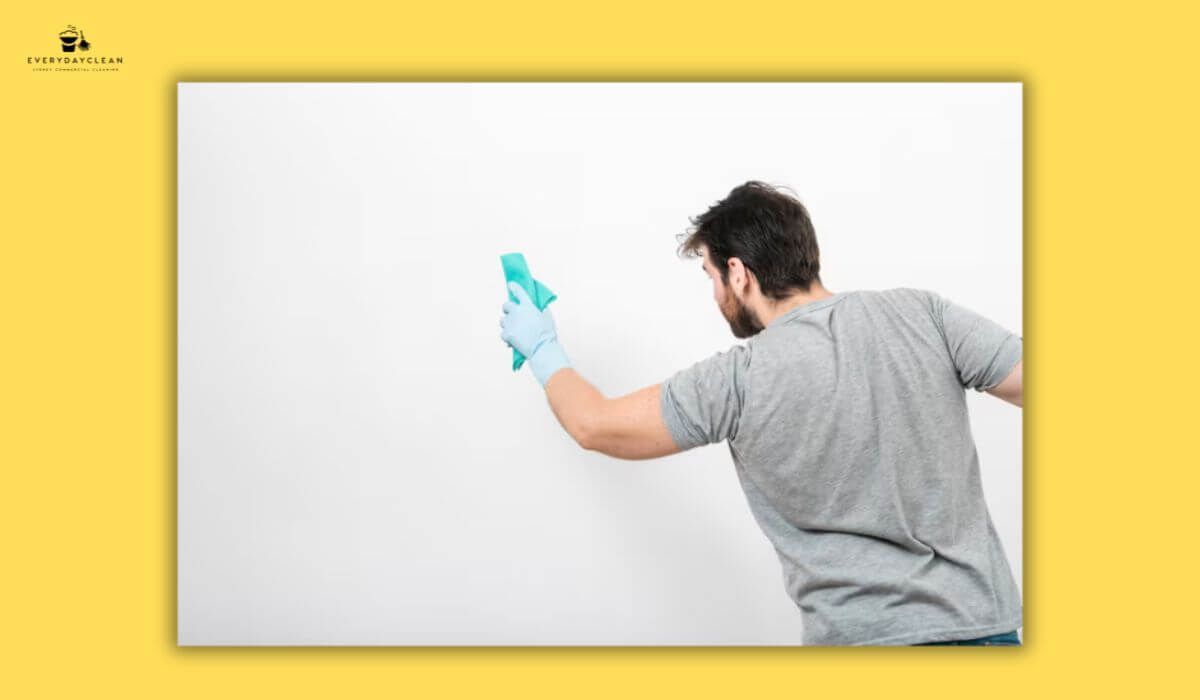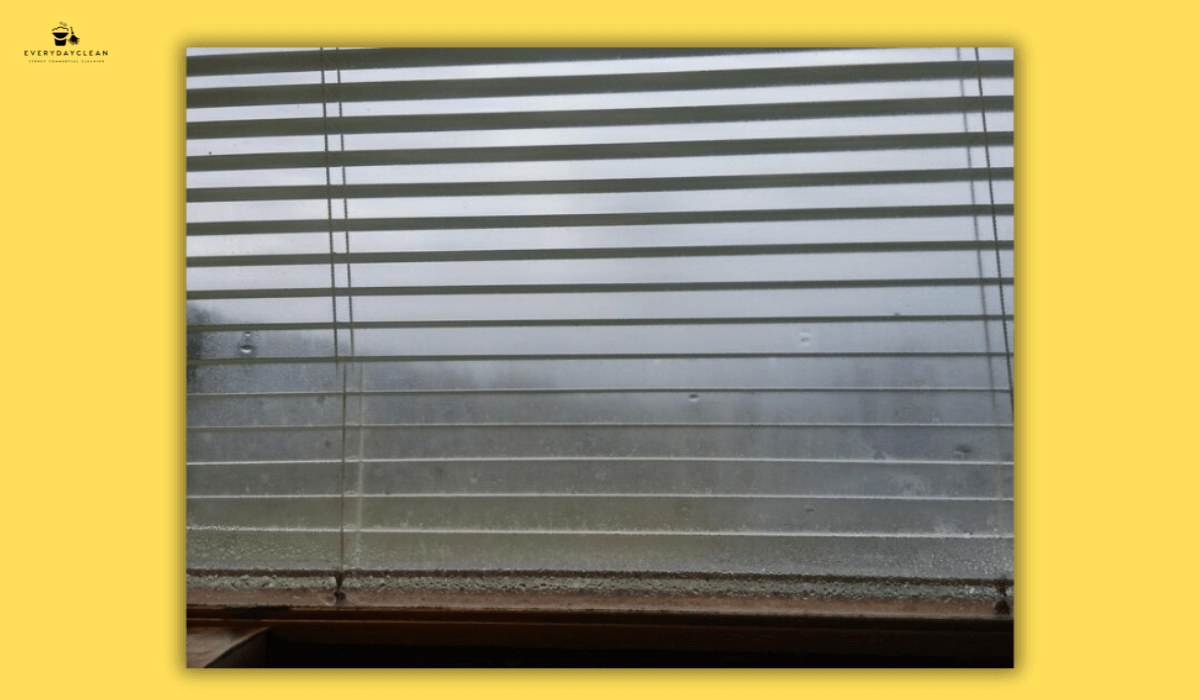How to Clean Building Exteriors in 8 Steps
How to clean building exteriors effectively starts with a structured process. Begin by planning the cleaning job and choosing the right equipment for each surface. Next, remove loose debris and dust, apply suitable cleaning solutions, wash surfaces evenly, scrub stubborn stains, rinse with low-pressure water, protect finishes with sealants if required, and schedule ongoing maintenance for long-term results. This step-based approach ensures building exteriors remain clean, compliant, and visually appealing without damage.
Step 1: Identify the Building’s Exterior Surface Type
Before any cleaning begins, assess the specific material you’re working with. Common exterior surfaces include:
- Vinyl siding
- Brick or masonry
- Concrete walls
- Stucco finishes
- Painted timber
- Colorbond steel or cladding
Each material has different tolerances to pressure, moisture, and cleaning agents. For example, stucco is porous and may crack under high PSI, while vinyl siding can warp from excessive heat or pressure. Document the surface type before selecting cleaning tools.
Step 2: Check for Surface Damage or Fragility
Before proceeding with cleaning, evaluate the condition of the exterior. This step ensures that fragile surfaces aren’t further compromised during the wash.
Inspect for:
- Cracks, peeling paint, or compromised mortar joints
- Mould or mildew stains
- Rust around fixtures or air vents
- Water ingress or algae growth
Mark areas that require gentle cleaning techniques. If any surfaces are compromised, use soft washing or low-pressure cleaning to avoid exacerbating the damage.

Step 3: Choose the Right Cleaning Equipment
Choosing the correct equipment is essential to avoid over-cleaning or damaging the building facade. Consider the surface condition and material.
The effectiveness of the cleaning depends on matching tools to surface type:
- Pressure washers (1500–3000 PSI) for robust surfaces like concrete
- Soft washers (under 1000 PSI) for painted or textured exteriors
- Extension wands and angle nozzles for high walls and second-storey facades
- Surface cleaner attachments for broad, uniform coverage
Confirm nozzle angles, PSI ranges, and GPM output before starting to prevent over-saturation or strip damage.
Step 4: Use Eco-Friendly, Surface-Specific Cleaning Solutions
Cleaning chemicals must be chosen with both material compatibility and environmental impact in mind.
Many commercial cleaning teams align their product choices with seasonal needs—especially when preparing for spring or autumn resets. For example, these eco-friendly fall cleaning tips highlight how biodegradable options can reduce runoff damage while maintaining facade appearance.
Opt for:
- Biodegradable degreasers for oil or exhaust residue
- Algae/mould removers for humid-facing walls
- Non-corrosive surfactants for metals and render
- pH-neutral detergents for painted surfaces
Dilute according to product specifications and pre-wet the area to minimise streaking or chemical burn.

Step 5: Pre-Treat Problem Areas
For areas with heavy buildup, pre-treatment allows for better results.
- Spray cleaner and allow it to dwell for 5–10 minutes
- Gently agitate with a soft brush for grime or organic matter
- Rinse the surrounding area to prevent runoff staining
This is especially important for walls near exhaust fans, gardens, or high-traffic zones with footpath splashback.
Step 6: Perform the Wash Using the Correct Technique
Proper washing technique ensures coverage without leaving behind streaks or damaging delicate sections.
- Work top-down to avoid re-contaminating cleaned areas
- Maintain consistent spray distance (20–30cm from surface)
- Avoid pointing directly at electrical outlets or roofline joints
- Use fan-tip nozzles to cover wide areas evenly
Always rinse before the detergent dries to prevent streaks.
Step 7: Rinse Thoroughly and Neutralise Runoff
Post-wash rinsing is just as important as washing itself.
- Start from the top and let gravity assist
- Rinse landscaping, windows, and sills as well
- Check for residual streaks or drip lines
- Neutralise chemical runoff near plants or drains with extra water
Rinsing is a critical step to prevent sticky residue or environmental harm.
Step 8: Inspect and Spot Clean
Once the building has dried, conduct a final inspection.
- Walk around the entire exterior
- Inspect under eaves, corners, and near fixtures
- Re-treat missed spots with a cloth or soft sprayer
- Wipe windowsills and ledges that have collected runoff
For commercial facilities, document this final check as part of the cleaning report or maintenance log.

FAQs About Cleaning Building Exteriors
Before wrapping up, here are some common cleaning-related questions based on property managers' and commercial cleaners' queries.
What equipment is needed for DIY exterior house cleaning?
Cleaning building exteriors as a DIY project typically requires a pressure washer or soft washer, various nozzle attachments, biodegradable detergent, extension wands, and a ladder or scaffold system for multi-level buildings. Safety PPE, such as gloves, non-slip boots, and eye protection, is also recommended. For sensitive areas like painted timber or stucco, opt for low PSI settings and surface-specific cleaners to prevent surface damage.
Can you damage a building’s exterior with a pressure washer?
Yes — excessive PSI or incorrect nozzle use can strip paint, etch concrete, or crack fragile materials like stucco or weatherboards. Always match pressure levels to the material and test on an inconspicuous area first. Avoid spraying directly at windows, air vents, or mortar joints, and never hold the wand too close to the surface.
What’s the best cleaning solution for vinyl siding mould and mildew?
The most effective cleaning solutions for vinyl siding affected by mould include a mix of pH-neutral detergent with added mould-fighting agents, or commercial-grade biodegradable mould removers. Avoid using harsh bleach mixtures unless the area is heavily infested and diluted properly. Rinse thoroughly to avoid residue and repeat as needed during high-humidity seasons.
How do I remove graffiti from concrete exterior walls?
Use a purpose-made graffiti remover suitable for masonry, apply to the affected area, allow appropriate dwell time (as per manufacturer), then scrub with a stiff-bristle brush or use a pressure washer at 2500–3000 PSI. For deep-set spray paint, multiple passes or poultice-based removers may be required. Always pre-wet surrounding surfaces to protect from chemical splash.
What’s the difference between soft washing and pressure washing?
Soft washing uses a low-pressure spray (under 1000 PSI) combined with chemical agents to gently remove dirt and growth without damaging delicate surfaces. Pressure washing uses high-pressure water (1500–3000 PSI or more) to physically blast away grime from harder surfaces like concrete. The method used depends on surface material, buildup severity, and risk of damage.
Call Everyday Clean for Exterior Cleaning Done Right
Maintaining clean, presentable building exteriors requires more than just a hose and detergent. Everyday Clean delivers professional building exterior cleaning across Sydney using safe, eco-friendly methods tailored to your property’s surface type and condition.
Whether it's strata buildings, commercial properties, or residential facades — we’ve got you covered. For integrated service options covering both exterior and interior maintenance, explore our commercial cleaning solutions.
Author: Everyday Clean Content Team
Everyday Clean is Sydney’s trusted provider of commercial cleaning solutions, including pools, gyms, offices, and strata properties. Our licensed professionals use advanced, eco-friendly equipment to deliver safe, compliant, and spotless results. With deep experience across Sydney’s hospitality, fitness, and residential sectors, we help facilities maintain inviting, healthy environments that guests trust.


